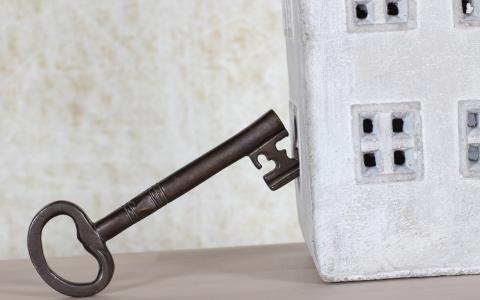
(houston chronicle) -- Q: My wife and I have reciprocal wills and are both listed as co-owners on the deed to our home. Do we also need Transfer on Death Deeds in each other’s name? We are both Texas residents.
A: If you have valid wills, you do not need Transfer on Death Deeds.
That said, you might want to have Transfer on Death Deeds depending on your circumstances. Transfer on Death deeds are designed to transfer a piece of real estate after death without the need for probate.
Whether you would need one or more of these deeds depends on many factors, such as what other assets you own, how much those assets are worth, and who you want to receive these assets after you have both passed away.
You should meet with an attorney to determine if your estate plan could benefit from one or more Transfer on Death Deeds. Some lawyers like to use Transfer on Death Deeds, while other lawyers don’t like them one bit. So, if you were to ask several attorneys this question, you might get completely different advice.
Q: My spouse died seven years ago. The only asset we owned was our home in Houston which we purchased more than 50 years ago. The home is paid for and there are no liens on it. What is the most economical way for me to have his name removed and just show me as the owner? I want to avoid the cost of probate if possible as I am living on a fixed income and cannot afford that. My spouse left no will, and we do not have any minor children (not sure if that matters).
A: The cheapest and quickest way to clear up title to the home is by using a Small Estate Affidavit. This is a highly simplified form of probate.
You can try doing this yourself or with the assistance of a family member, but you may still need to hire an attorney.
If you want to do it yourself, the form is available at the Harris County Clerk’s website at www.cclerk.hctx.net.
Once there, click on Forms at the bottom of the home page, and then on Probate Court, and then on Forms. The form you need is called “Affidavit of Distributees / Small Estate With Judge’s Order of Approval.” There are 3 pages of instructions, and the form itself is 9 pages long.
Once you and two disinterested witnesses complete the form and have it notarized, it needs to be filed with the court along with a filing fee. Then you wait.
With luck, your form will be approved and signed by the judge. But the court may tell you the form was not completed properly, meaning you must then redo the entire form and get your witnesses to sign it again in front of a notary.
Every time you have to redo the form, it is a giant hassle, so it’s best to try to get it right the first time.



